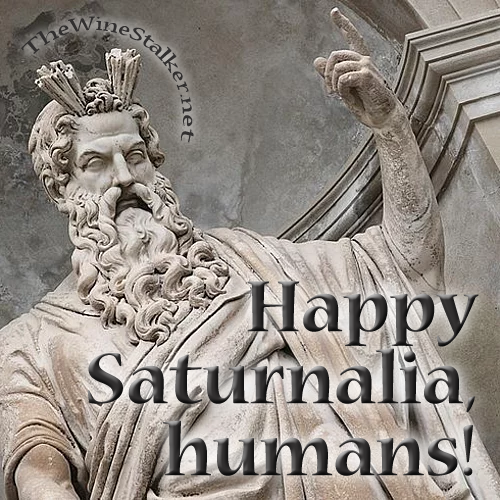
#Saturnalia 2017 series#
Our character reassessments and discussion of morphological variation as parts of transformation series strengthen the basis for integrating braincase features in future studies of dinosauromorph phylogeny. Saturnalia is kicking off to end the year of 2017 with a bang Saturnalia is a time of celebration and gift giving that all of our Gods and Goddesses will be joining in from 12/21 12/28.

Likewise, the subsellar and basisphenoid recesses were observed in all examined dinosauromorph taxa, with variation observed in the relative development of these structures but not in their presence/absence. It was reviewed on 26 December 2017 by FlickreviewR 2 and was confirmed to be. These structures are present in the three main dinosaurian lineages and also in non-dinosaurian dinosauromorphs, indicating that they might be plesiomorphic for Dinosauria. He explores themes of colonization, sexuality, loss, and resilience - the complexities of historic and contemporary Indigenous experiences - across a variety of mediums, including painting, film/video and installation. Our study indicates that the semilunar depression and basioccipital recess are more widespread among dinosaurs and their closest archosauriform relatives than previously suggested. Saturnalia was a hedonistic time, when food and drink were plentiful and the normal Roman social order was turned upside down. Kent Monkman is a Cree artist who is widely known for his provocative interventions into Western European and American art history. In addition, we discuss braincase features recently employed to investigate the phylogenetic relationships of dinosauromorphs, especially the pneumatic recesses of the braincase. The comparative description improves our understanding of the early dinosaur braincase, which is poorly known relative to that of later representatives of the group.

The braincase is characterized by a semilunar depression on the lateral surface of the basisphenoid, an occipital condyle whose ventral margin lies dorsal to the ventral margin of the cultriform process of the parabasisphenoid, a poorly developed preotic pendant, and anteriorly oriented basipterygoid processes.

The braincase anatomy of the sauropodomorph dinosaur Saturnalia tupiniquim from the Upper Triassic (Carnian) Santa Maria Formation of Brazil is described for the first time using computed tomography (CT).


 0 kommentar(er)
0 kommentar(er)
